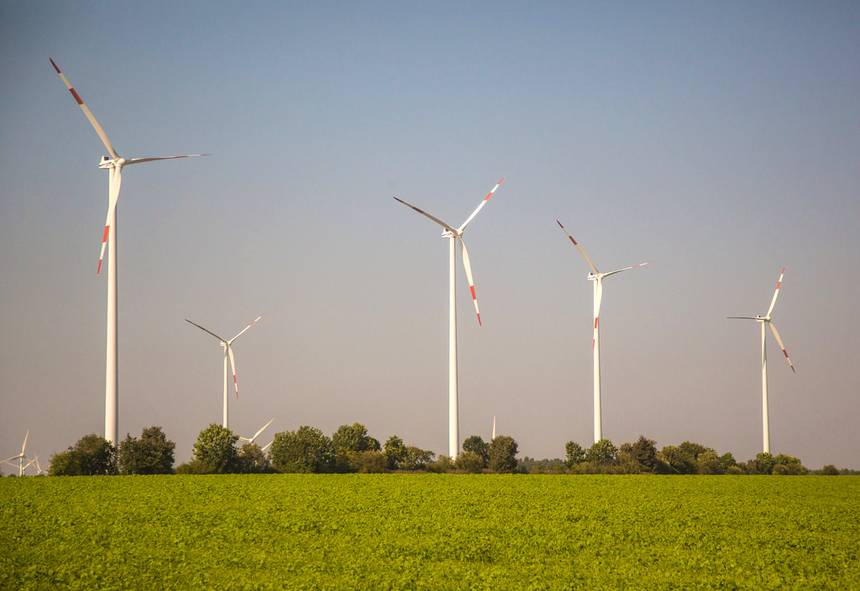It’s an important inflection point. But a lot of work still remains.
If we rewind a decade or so, all tree-hugging eyes were on Germany for its pro-renewables “Energiewende” (energy transition) policies. And the country was indeed adding solar at a rather astounding pace. Since then, however, the mantle of renewable energy leadership has been somewhat overtaken by countries like the UK, where an ambitious expansion of offshore wind has led to a precipitous drop in coal use.
Nevertheless, while its early, and many would say premature, phase-out of nuclear and regional political considerations have led to prolonged coal reliance, Germany has still been making slow and steady progress. In fact, Reuters reports that for the first time ever, renewables overtook coal as the primary source of electricity last year—clocking in at just over 40%, while coal burning dropped to “just” 38%, apparently. And this gradual transition does appear to be consistent with a long-term trend:
Green energy’s share of Germany’s power production has risen from 38.2 percent in 2017 and just 19.1 percent in 2010. Bruno Burger, author of the Fraunhofer study, said it was set to stay above 40 percent this year.
“We will not fall below the 40 percent in 2019 because more renewable installations are being built and weather patterns will not change that dramatically,” he said.
What will be interesting to see is whether this transition away from coal now picks up pace. Law makers are reportedly trying to establish a long-term transition plan away from coal, but with renewables and battery storage causing a significantly more rapid transition elsewhere in the word, one has to wonder whether Germany is in danger of squandering the leadership position it once held.
Meanwhile, Spain may end up showing Germany how it’s done.
